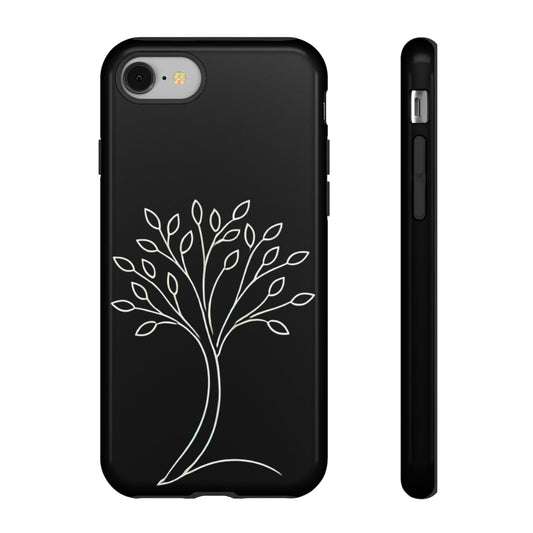The advent of artificial intelligence (AI) in art presents a fascinating challenge to Kantian aesthetics, particularly the role of genius and the parallels between art and nature. AI-generated art relies on mathematical algorithms and vast datasets, raising questions about whether it can meet Kant’s criteria for genius and true beauty. This article explores these implications, considering both the potential and limitations of AI-generated art in the context of Kant’s theories.
AI and the Role of Mathematical Algorithms
AI art is created through algorithms that analyze and generate patterns, often mimicking styles and techniques from existing artworks. These algorithms operate based on mathematical principles, which are foundational to both nature’s structure and artistic composition.
Kant acknowledged the sublimity of mathematical forms, which suggests that the underlying mathematical nature of AI-generated art could align with his ideas about the beauty found in nature.
However, Kant’s concept of genius involves more than mathematical precision; it requires an innate, natural talent for original and exemplary creativity. While AI can produce visually appealing works by following patterns, it lacks the intuitive spontaneity and intentionality that characterize human genius.
AI’s creativity is not an extension of nature’s inherent creativity, but a product of human programming and data inputs.
Originality and Exemplarity in AI Art
Kant emphasizes that genius produces original works that set new standards for others. AI-generated art, while often innovative, is ultimately derivative, relying on pre-existing data to create new pieces. The originality in AI art is constrained by the scope and diversity of the input data, lacking the genuine novelty that arises from Kant's idea of the human genius’s unique perspective and natural intuition.
Moreover, the exemplary quality of art produced by "genius" inspires and sets benchmarks for future artists. While AI-generated art can influence and inspire human artists, it does so through its technological novelty rather than an inherent, natural creativity. The works produced by current AI systems do not establish new paradigms of artistic excellence in the same way human genius does.
I will note here, however, that the AI's input data can grow to include its own experiences in the world as a robot rather than how currently it is simply fed labeled images from the internet. That difference in training data might lead to a more human-like artistic expression from the AI, even able to create entirely new genres of art based on its experience.
Purposiveness Without Purpose in AI Art
AI-generated art can exhibit the notion of "purposiveness without purpose," as the resulting works often appear harmoniously structured and aesthetically pleasing. This aligns with Kant’s idea that beauty evokes a sense of order and intentionality without a specific practical function.
However, this purposiveness in AI art is engineered rather than naturally emergent, reflecting the algorithmic design rather than an innate creative impulse.
The Role of Human Creativity in AI Art
Despite the limitations of AI in embodying Kantian genius, human creativity remains integral to the process of AI art. The design and programming of AI systems and prompts require significant creative input from human developers and artists. These individuals bring their own genius to the development of AI tools, shaping how the algorithms function and what types of art they produce.
In this sense, it's possible to view AI-generated art as an extension of human creativity, with the genius of the developers and programmers reflected in the capabilities and outputs of the AI. This perspective aligns with Kant’s idea that true art is a product of natural talent, albeit mediated through technological means.
 Kant stated that art flows from nature
Kant stated that art flows from nature
Conclusion
AI-generated art presents a complex intersection of technology and aesthetics, challenging traditional notions of genius and the relationship between art and nature. While AI lacks the innate, natural talent that defines Kantian genius, it operates through mathematical principles that mirror the structure of nature.
The originality and exemplarity of current AI art are limited by its reliance on existing data and programming, yet it can still evoke the aesthetic qualities of purposiveness without purpose.
Ultimately, AI-generated art highlights the enduring importance of human creativity in shaping and guiding technological innovations. While AI may not fully meet Kant’s criteria for genius, it serves as a testament to the evolving landscape of art and the continued relevance of philosophical inquiry in understanding new forms of artistic expression.





























